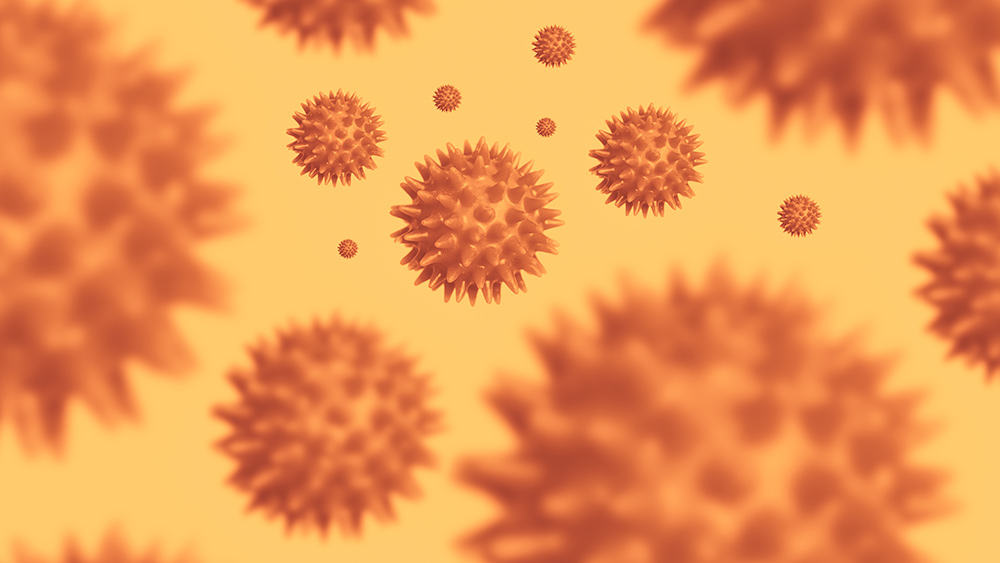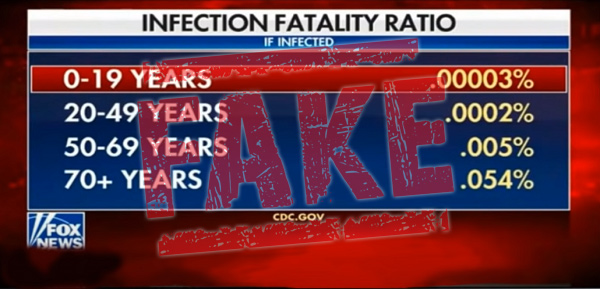A dose of toxic synthetic chemicals: Researchers detect “forever chemicals” in California’s drinking water
09/29/2020 / By Virgilio Marin

Drinking water sources serving 7.5 million Californians are contaminated with toxic synthetic chemicals, according to a study from the Environmental Working Group (EWG), a nonprofit organization specializing in environmental research.
These chemicals, per- and polyfluoroalkyl substances or PFAS, are commonly called “forever chemicals,” as they are extremely resistant to degradation once they get released to the environment. Low doses of PFAS in the body are linked to a range of health problems, including increased cholesterol levels, low birth weight, a weakened immune system, thyroid issues and even some cancers.
PFAS can be found in firefighting foams, food packaging and water- and stain-resistant products, such as non-stick cookware, carpets, clothing and furniture.
California drinking water sources contaminated with forever chemicals
EWG researchers examined the data from water samples taken between 2013 and 2019. They found that drinking water sources for 74 community water systems across the state are contaminated with PFAS. All of the detections went above 1 part per trillion (ppt), which is the threshold amount deemed safe by previous research and endorsed by the EWG.
Meanwhile, more than 40 percent of the water systems had at least one sample that exceeded 70 ppt, which is the health advisory level set by the Environmental Protection Agency (EPA).
Areas with several times the EPA advisory level included a well that supplied water to the Marine Corps Base Camp Pendleton, which contained seven different PFAS for a total of 820 ppt. Some water systems in Corona, Oroville, Rosemont and Sacramento each had at least 400 ppt of at least six different PFAs.
“This new data shows that PFAS pollution in California is much more widespread than we knew, with almost one in five Californians served by a utility with at least some of its drinking water supply contaminated with PFAS,” said EWG President Ken Cook.
Limiting industrial use of PFAS
The EPA does not set a legal limit for PFAS – the advisory level set by the agency is not enforceable.
PFAS pose a big threat to human health and the environment because they don’t decay until after a long time, said Susan Pinney, a professor at the Department of Environmental Health at the University of Cincinnati. Pinney, who was not part of the study, said that authorities and civilians should pay more attention to the amount of perfluorooctane sulfonate (PFOS) and perfluorooctanoic acid (PFOA) in the environment, two of the most well-studied PFAS.
Many manufacturers and industries voluntarily phased out the production of PFOS and PFOA within the last two decades, such as companies in the PFOA industry that phased out the production of the chemical in 2015, according to the EPA.
However, there are still a lot of setbacks. A limited number of PFOA-related uses and stocks still exist today, and not all companies participated in the voluntary phaseout. Imported goods may also contain toxic chemicals. Meanwhile, over 3,000 PFAs are still widely used, according to the Water Quality Association.
Tasha Stoiber, a senior scientist at the Environmental Working Group, was concerned that they found not just PFOA and PFOS, but also a mixture of different PFAS chemicals. (Related: 63% of Americans are FINALLY concerned with the quality of their drinking water.)
Regulations on the use of the chemicals may soon come as Congress may adopt PFAS reform provisions. These are included in the House and Senate versions of a defense spending bill, the National Defense Authorization Act for FY 2020. The provisions include putting an end to military uses of PFAS in firefighting foam and food packaging and reducing industrial discharges of PFAS into drinking water supplies.
As states grapple with contaminated tap water, such provisions will be greatly needed to ensure the safety of millions of Americans.
Learn more about the adverse health effects of PFAS in Chemicals.news.
Sources include:
EPA.gov [PDF]
Tagged Under: California, chemicals, drinking water, environment, forever chemicals, PFAS, polluted water, Toxic, toxic synthetic chemicals, toxic water, water quality




















